4x4 Q&A: Whatís Too Much Suspension Lift, Are Diesels Dirty Engines?
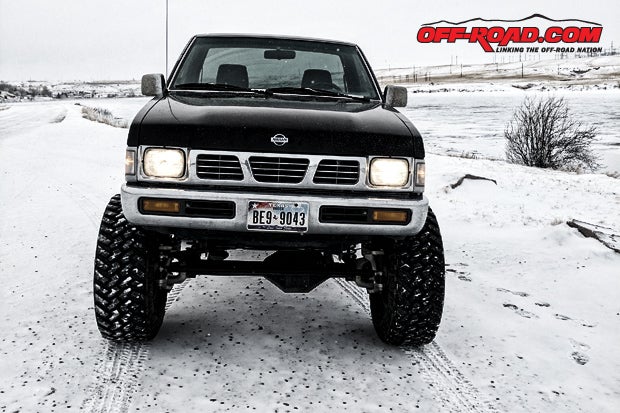
Have a truck or SUV question for the 4x4 AnswerMan? Send your questions to editor@off-road.com. Please include your name and location, and be as detailed as possible about your questions.
Previous 4x4 AnswerMan Columns
December 2016
ďLikeĒ us on Social Media for the latest off-road news and developments.
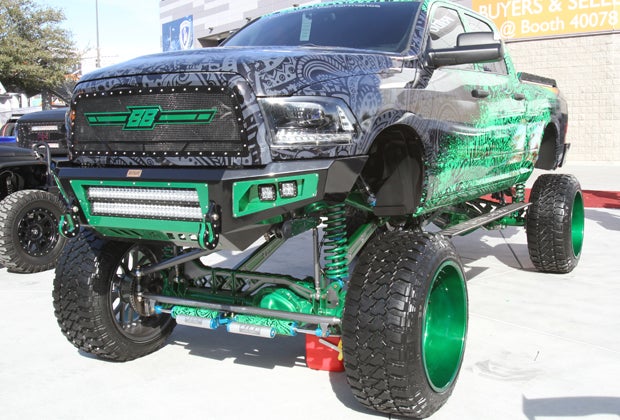
TOO MUCH LIFT?
When it come to lifted truck suspension, is there such a thing as too much lift? Off-Road.com reader Paul Williams recently reached out to us on this subject. He has a RAM 3500 4x4 6.7L diesel truck with a 5-inch lift but wants to go taller. He doesnít off-road the truck much, but he really likes the look of a big and tall lifted truck. He got some pushback from off-road shops about going up to an 8-inch lift kit, and he couldnít understand why some shops either wouldnít install it or steered him away from more lift. Hereís what might be happening.
Part of the reason many installers are reluctant to do the job is for liability reasons, and many off-road shops wonít install anything taller than a 6-inch suspension lift for this very reason. For every inch you go up from stock height, you also increase the truckís center of gravity. A higher center of gravity will result in a truck that feels tippy and is more prone to rollover. It also changes the suspension dynamics, which can increase body roll and diminish driving maneuverability (compared to stock height). If you have a heavy diesel engine under the hood it will just add to the pendulum effect. Itís also been found that some suspension kits over 6-inches tall will not work with the vehicleís Electronic Stability Control (ESC), which is a system that affects both vehicle performance and safety to reduce rollovers.
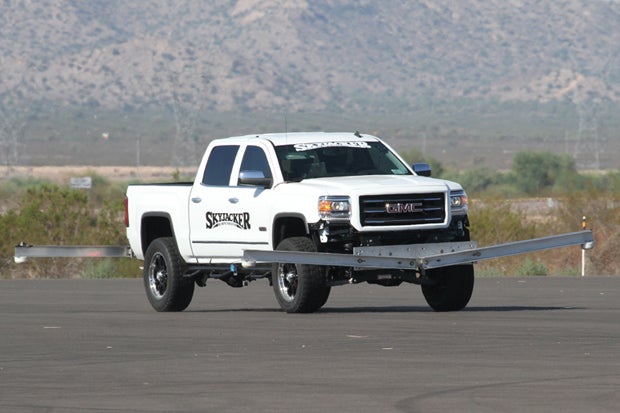
Another reason some shops donít like to go over 6-inches is due to local vehicle safety regulations. States like Texas have height restrictions when lifting a vehicle since it will also change the bumper height. For that reason, itís important to learn what vehicle safety laws apply in your area when lifting a vehicle. Itís no fun being pulled over for having the tallest truck in town. Itís even worse when they tow it away on a flatbed (we have seen it happen).
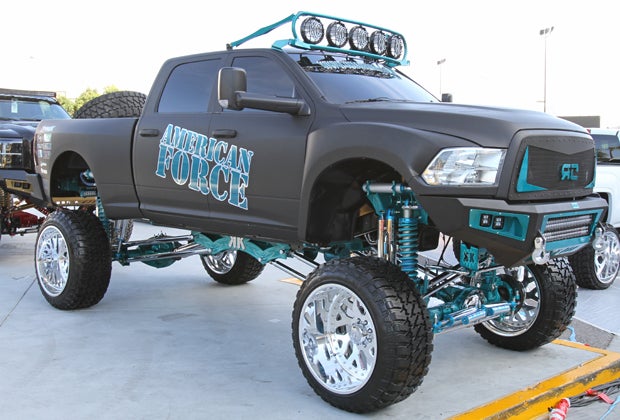
So is there such a thing as too tall? It really depends on the application. Unless youíre into mud bogging, the custom truck show scene, or making a run for a career as a Monster Truck driver, you really donít need to lift your truck so tall that it requires itís own 10-foot ladder to climb in. Most 4- and 6-inch suspension lifts are just as functional if your main goal is to gain more ground clearance to add room for larger off-road tires. In many cases, a simple 2-inch leveling kit will do the job to fit 31- to 33-inch diameter tires. It will also help keep your truck much more nimble on- and off-road.
--
Are Modern Diesel Engines ďDirtyĒ?
Diesel-powered vehicles continue to grow in popularity here in North America. Still, there are many who remember the dismal diesel engines of the 1970s and Ď80s that lead to a very unfavorable view of the powerplants in North America. They were noisy, unreliable lemons that left consumers of the era disillusioned with what was supposed to be the unicorn of the oil crisis Ė a fuel-efficient vehicle that could run on a less refined petroleum product: diesel.
So we learned a lesson: you donít re-purpose an Olds 350 V8 gas motor to run on diesel.
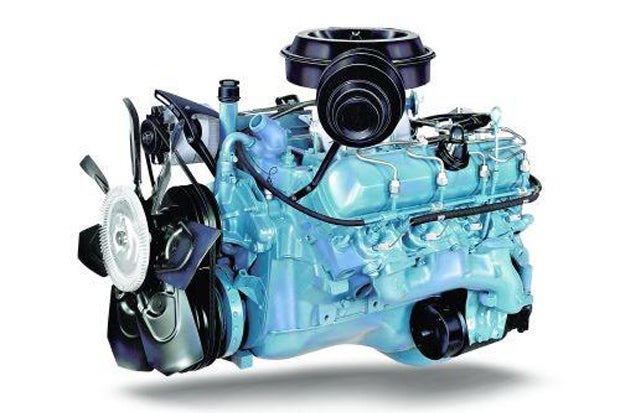
Fast-forward 20 years and things have really changed. Light-duty diesel engines are being developed from the ground up. They are more reliable, more powerful, and in most cases they burn cleaner than earlier engine designs. Modern technology gets much of the credit, such as turbochargers that produce more boost and have more valves for improved flow and more power. The use a sophisticated engine control modules (ECM) allow for improved engine tuning and optimal fuel delivery mixtures.
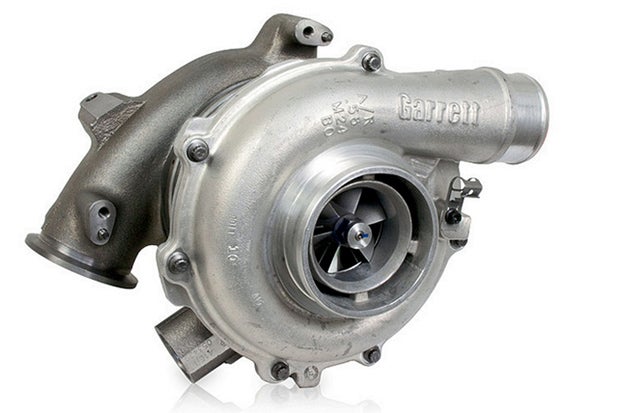
Although reliability is considerably improved on modern diesels there are some who still a diesel as a dirty engine, but nothing could be further from the truth. Although it's a bittersweet subject for the performance diesel gear heads, the EPA has helped push the diesel industry to clean up its act (and for those looking to hot-rod a diesel, there are plenty of pre-2007 diesel trucks still floating around out there). The fact of the matter is, low sulfur diesel matched with DPFs and new technology are delivering a more efficient, cleaner diesel engine.
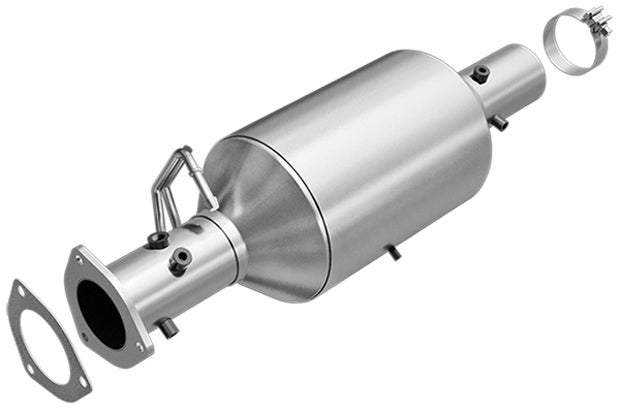
Todayís new diesel engines are not only cleaner, they are also producing impressive numbersóeven with the added DPF. For example, the new GM L5P Duramax diesel engine produces 445 horsepower and 910 lb.-ft. of torque. It also features one of the best sealed exhaust systems on the market--designed to eliminate exhaust leaks from the turbo-back.
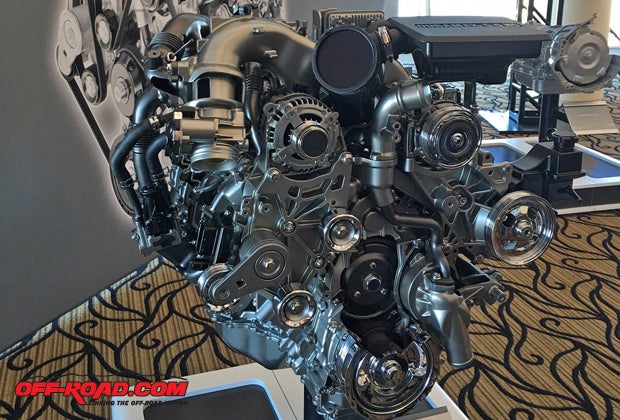
Itís exciting times for new diesel technology in North America. Weíve already witnessed a number of new diesel engine options from RAM, Ford, GM, Nissan, and in 2017 we can expect even more for the half-ton truck market since Ford will be offering a diesel engine option on its 2018 F-150.
So what do you think: are diesel engines still dirty? We want to know.
Please comment below.
--
NISSAN HARDBODY UPDATE
Hey AnswerMan,
Back in 2012 I wrote you a question about my 1997 Nissan Hardbody. I wanted to know about upgrades and lockers for my truck. I kept the article and attached it below. Just wanted to show you the big upgrades that I have added since my original concerns. I'm SAS'd now and very happy with it. And now I'm wanting transfer case upgrades. Problem now is options since Calmini won't make anymore 4cyl T-case gears. Atlas seems to be my only option now. I'm going to attach some pics of my truck. Let me know if you have any ideas. Thanks!
Respectfully,
TSgt Hurlburt USAF.
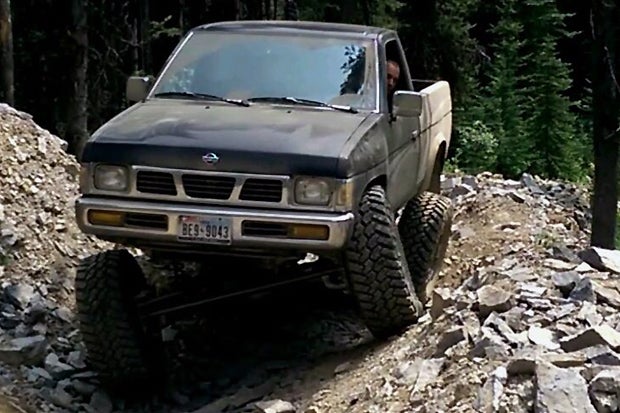
Hello TSgt Hurlburt!
Thanks for writing back. Your truck looks amazing. I can tell youíve put a lot of time and work into building this beast. Not only does it look good, I can tell it works really well too. Those photos of your D21 Nissan Hardbody 4x4 flexing on the trail are great!
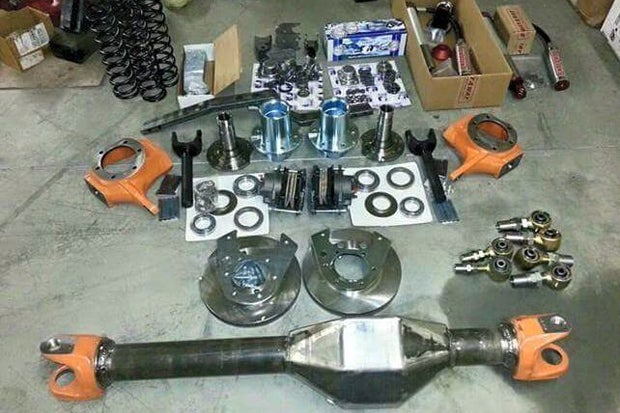
So you have a really capable truck now but you still want lower gearing. The Calmini crawler gears you mentioned would be the best approach since they are designed to work with your existing TX-10 transfer case. I know you mentioned that they are discontinued, but I have some good news! I just got off the phone with Calmini and they said theyíre bringing the D21 Nissan Hardbody 4x4 Crawler Gears back in the Spring of 2017.
According to Calmini, this gear set provides a final low range reduction of 3.92:1, which is 93.86% lower than stock!
An Atlas transfer case is also a great option. Itís pricey, but itís well worth its weight off-road. If you want to go even lower, you could even run a doubler. North West Fab has an adapter kit that lets you run a Dana 300 or Atlas behind your TX-10 transfer case. I guess it really depends on how low of gearing you want to go.
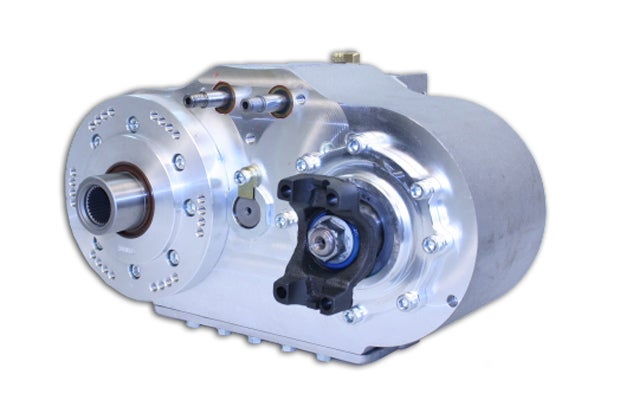
What I would do is compare the final low range gear reduction each setup yields. Then look at how much each one will cost you. Take a hard look at the type of off-road trails you enjoy and decide how low of gearing you really need. If youíre doing a lot of rock crawling, the lower the better. But if you are mostly doing mountain trails, mud, snow and scenic dirt roads, stay away from the lowest gear offering because it may be too slow. Like most upgrades, it really depends on your terrain.
If you havenít done so already, a lower gear set for the axles might be a good starting point (4.88 or 5.12) before even addressing the transfer case. Itís also a lot more economical. Iím sure that what ever you decide to do, it will be bad ass. Youíre truck is already one of a kind. I canít remember the last time I saw a built straight axle Nissan Hardbody on the trail. Please keep it going, and send us more pictures or video of your rig.
Thank You for Your Service
--
TRACTION CONTROL DELETE
Off-Road.com,
I have a 2015 Dodge Ram 3500 Cummins / Asin Trans 4x4. Can anyone tell me how to turn the traction control features off? I am sure that it has its place, but I donít think I drive there. It seems to turn itself off in the low / lock 4wd position, but then travel is at a snails pace, and that can be a problem in itself. GMC can be over rode by holding the traction control switch down, and it will also turn off the Sabilitrac. Does Dodge have such a feature? That alone will not do it. At least I have not been able to get it to turn off, except in low / lock transfer case position.
**Proceed at Your Own Risk**
We donít recommend doing any of these, but understand many people hate not being able to turn off the Traction Control in situation like snow plowing, off-road, etc. Weíre just sharing what other RAM and Jeep owners are doing to disable their Traction Control.
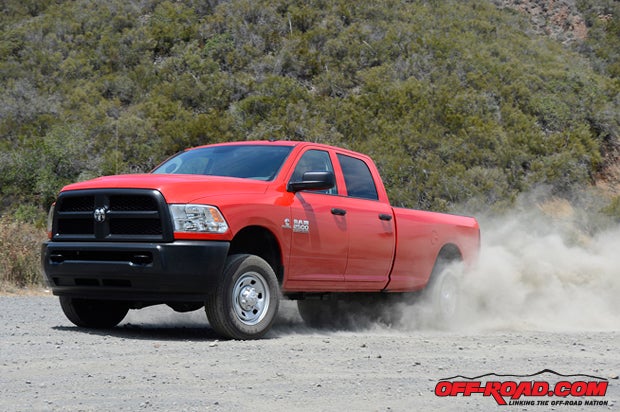
Hi sksetliff,
Iím sorry to say that there isnít a way to disable traction control using any of the factory buttons on RAM trucks equipped with an automatic transmission. In fact, most of the 2015 RAM diesel trucks were not equipped with a Traction Control Off button. The one exception is the Tradesman edition with manual transmission. Those models come equipped with a Traction Control Off button located on the center dash, directly below the radio and A/C dial (see below).
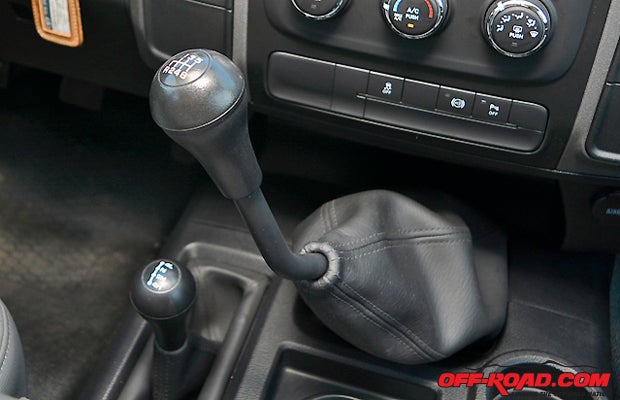
The good news is that there is a workaround for it. Many Jeep and Ram truck owners have found that removing the ABS fuse will in fact disable Traction Control. Keep in mind that it will also turn off the ABS, and may throw an Error code / Check Engine light on the dash.
If youíre using it for off-road or on the track often, you could run an interrupter switch inside the cab. You would just have to run wiring to the ABS fuse.
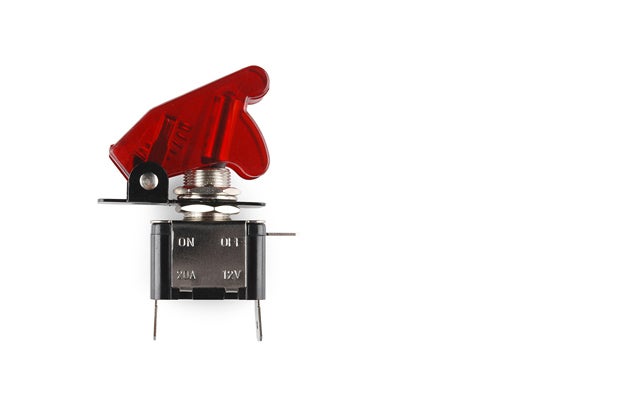
--
STEP-UP TAILGATE
Truck beds and tailgates Ė theyíre what makes our trucks ďtrucks.Ē They also help keep stuff from falling out. They come in all shapes, designs and sizes. Some even have built in technology like backup cameras, lights and steps built into them. GM recently filed a patent on a new tailgate design that incorporates some sort of contraption that helps getting in and out of your truck easier. It looks familiar doesnít it? Looks a lot like the one Ford developed for their F-Series trucks.
Read more: GM Patents Tailgate Step for Pickup Trucks

Do you like it? Do you need it? We want to know.
Please comment below.
--
BLACK DIESEL
4x4 AnswerMan,
I have a 5.9L Cummins diesel truck and have noticed a black cloud of smoke forming behind the exhaust. Itís been getting worse, to the point that Iím getting dirty looks from Prius drivers. I do have a power programmer, but even when I set it back to stock it smokes like a locomotive. It also seems a little sluggish off the line. Besides the heavy exhaust smoke, the truck is running fine. Any ideas of what might be the problem?
Thanks,
Brex
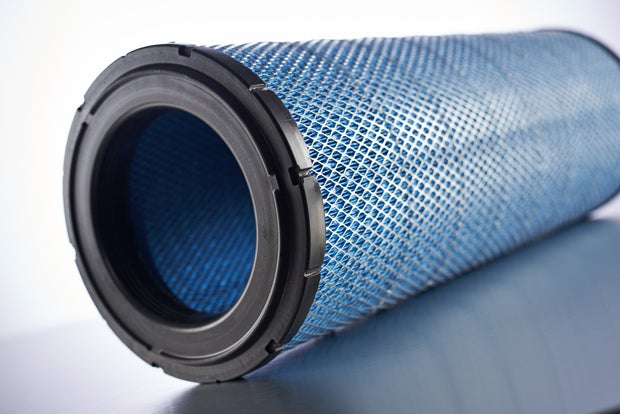
Hi Brex,
Sounds like a dirty air filter to me. Youíd be surprised what starving a diesel engine from clean air will do. Excessive black smoke and loss in power is a good indicator that the filter is plugged.
You can do a simple test by running the engine with no filter. Take it for a quick spin around the block. If you notice more power and less black smoke coming out of the tailpipe, youíve found your problem.
Replace the filter immediately with a new, clean filter. If itís one of those re-usable types, service it. If itís old or simply not cleaning well, toss it and get a new one. Even those lifetime filters go bad, especially if they are exposed to a lot of dirt and dust.
Good luck!
Have a truck or SUV question for the 4x4 AnswerMan? Send your questions to editor@off-road.com. Please include your name and location, and be as detailed as possible about your questions.
Previous 4x4 AnswerMan Columns
December 2016
ďLikeĒ us on Social Media for the latest off-road news and developments.


 Your Privacy Choices
Your Privacy Choices